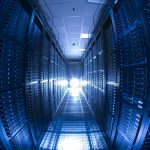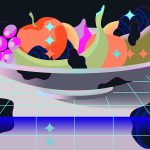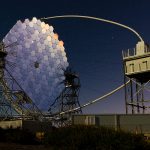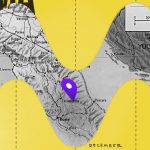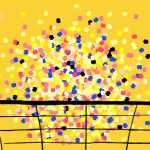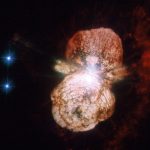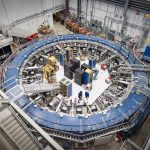The detector for the international Deep Underground Neutrino Experiment will collect massive amounts of data from star-born and terrestrial neutrinos. A single supernova burst could provide as much as 100 terabytes of data. A worldwide network of computers will provide the infrastructure and bandwidth to help store and analyze it. Using artificial intelligence and machine learning, scientists are writing software to mine the data – to better understand supernovae and the evolution of our universe.
Jim Daley
Jim Daley writes news articles on behalf of the Fermilab Office of Communication.
There are a lot of things scientists don’t know about dark matter: Can we catch it in a detector? Can we make it in a lab? What kinds of particles is it made of? Is it made of more than one kind of particle? Is it even made of particles at all? Still, although scientists have yet to find the spooky stuff, they aren’t completely in the dark.
To some degree, scientists on all of today’s particle physics experiments share a common challenge: How can they pick out the evidence they are looking for from the overwhelming abundance of all the other stuff in the universe getting in their way? Physicists refer to that stuff — the unwelcome clamor of gamma rays, cosmic rays and radiation crowding particle detectors — as background. They deal with background in their experiments in two ways: by reducing it and by rejecting it.
An Italian experiment has a 20-year signal of what could be dark matter—and scientists are embarking on their most promising efforts yet to confirm or refute its results. For more than two decades, DAMA has observed a regularly changing signal that its operators think comes from our planet’s movements through the “halo” of dark matter suffusing the Milky Way galaxy.
Particle detectors recorded neutrinos from supernova SN1987A hours before telescopes saw the first light. Thirty years later, scientists around the world are eager to detect neutrinos from another one. The international Fermilab-hosted Deep Underground Neutrino Experiment will be looking for them. These neutrinos can tell us more about supernovae themselves and may hint at new physics that could upend the Standard Model of particle physics.
Muon g-2 has begun its second run to search for hidden particles and forces. Muon g-2 collaborators have performed upgrades to improve the experiment’s precision and increase the amount of data it generates. As the experiment starts up again, scientists expect to make the world’s most precise measurement of the muon’s anomalous magnetic moment, which could tell us whether additional, undiscovered particles exist in the universe.
Fermilab’s Inclusivity Journal Club seeks answers to difficult social questions in science. A typical meeting includes physicists and postdoctoral researchers as well as non-science staff; students are also welcome to attend. Members read and discuss reports and peer-reviewed papers that address issues such as sexual harassment, implicit bias and best practices for expanding inclusivity.

